Grow Bok Choy Indoors? Absolutely! Imagine fresh, crisp bok choy, ready to harvest right from your windowsill, even in the dead of winter. Forget those bland, overpriced grocery store versions – we’re talking vibrant, flavorful greens grown with your own two hands.
For centuries, bok choy has been a staple in Asian cuisine, revered not only for its delicious taste but also for its nutritional benefits. From stir-fries to soups, this versatile vegetable adds a delightful crunch and a boost of vitamins to any meal. But what if you don’t have a sprawling garden? That’s where the magic of indoor gardening comes in!
Let’s face it, not everyone has the space or the time for a traditional garden. But that shouldn’t stop you from enjoying fresh, homegrown produce. Learning how to grow bok choy indoors is a game-changer for urban dwellers, apartment residents, or anyone who wants to extend their growing season. This DIY guide will walk you through every step, from choosing the right container to providing the perfect amount of light. I’m excited to share these simple yet effective tricks that will have you harvesting your own bok choy in no time. Get ready to unleash your inner gardener and enjoy the satisfaction of growing your own food, right in the comfort of your home!
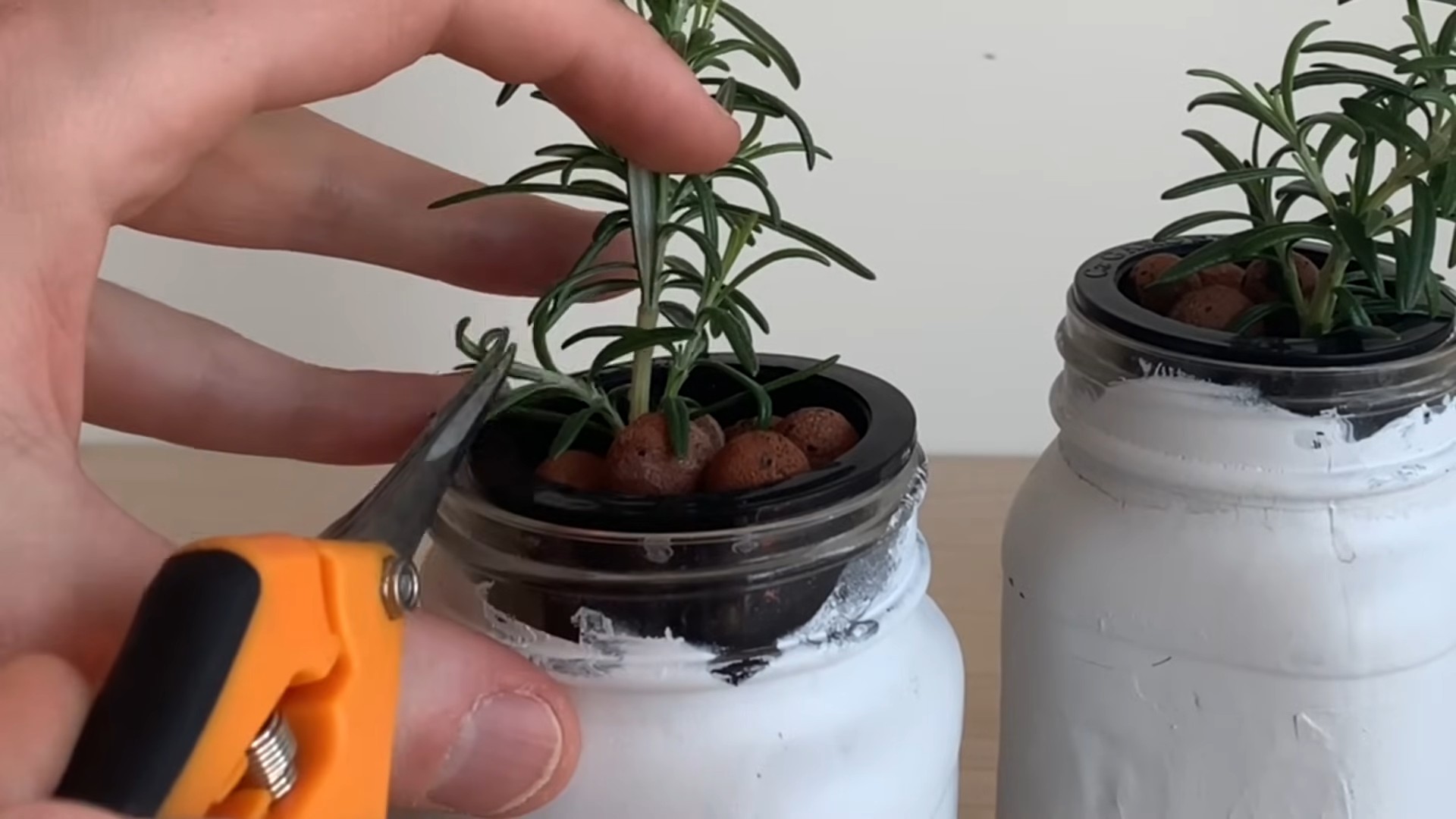
Grow Your Own Bok Choy Indoors: A Beginner’s Guide
Hey there, fellow plant enthusiasts! Ever thought about growing your own fresh, crisp bok choy right in your kitchen? It’s easier than you might think, and trust me, nothing beats the flavor of homegrown veggies. I’ve been growing bok choy indoors for a while now, and I’m excited to share my secrets with you. Let’s get started!
What You’ll Need
Before we dive in, let’s gather all the necessary supplies. Having everything ready beforehand will make the process smooth and enjoyable.
* Bok Choy Seeds: Choose a variety that’s well-suited for indoor growing. Dwarf varieties are often a good choice. You can find these at most garden centers or online.
* Seed Starting Tray or Small Pots: These will be used to germinate your seeds.
* Seed Starting Mix: This is a light, sterile soil mix that’s perfect for delicate seedlings.
* Larger Pots (at least 6 inches in diameter): These will be the final homes for your bok choy plants.
* Potting Soil: A good quality potting mix that drains well is essential.
* Grow Lights: Bok choy needs plenty of light, so grow lights are a must for indoor growing, especially during the shorter days of the year.
* Watering Can or Spray Bottle: For gentle watering.
* Fertilizer: A balanced liquid fertilizer will help your bok choy thrive.
* Spray Bottle (for pest control): To mix up natural pest control solutions if needed.
* Optional: Heat Mat: To speed up germination.
Germinating Your Bok Choy Seeds
This is the first crucial step. Getting your seeds to sprout is half the battle!
1. Prepare Your Seed Starting Tray: Fill your seed starting tray or small pots with seed starting mix. Moisten the mix thoroughly, but don’t let it get soggy.
2. Sow the Seeds: Sow 2-3 seeds per cell or pot, about ¼ inch deep. Gently cover the seeds with more seed starting mix.
3. Water Gently: Use a spray bottle to mist the surface of the soil. You want to keep the soil moist but not waterlogged.
4. Provide Warmth: Bok choy seeds germinate best in temperatures between 65-75°F (18-24°C). If your home is cooler than this, consider using a heat mat under the seed starting tray.
5. Cover and Wait: Cover the seed starting tray with a clear plastic lid or plastic wrap to create a humid environment. This will help the seeds germinate faster.
6. Monitor and Water: Check the soil moisture daily and mist with water as needed.
7. Watch for Sprouts: Germination usually takes 5-10 days. Once the seedlings emerge, remove the plastic cover and place the tray under grow lights.
Transplanting Your Seedlings
Once your seedlings have developed a few true leaves (the second set of leaves that appear after the initial seed leaves), it’s time to transplant them into larger pots.
1. Prepare Your Larger Pots: Fill your larger pots (at least 6 inches in diameter) with potting soil.
2. Gently Remove Seedlings: Carefully remove the seedlings from the seed starting tray or small pots. Be gentle to avoid damaging the roots. If you planted multiple seeds in one cell, choose the strongest seedling and snip off the others at the soil line.
3. Plant the Seedlings: Make a small hole in the potting soil and place the seedling in the hole. Gently cover the roots with soil and firm the soil around the base of the plant.
4. Water Thoroughly: Water the transplanted seedlings thoroughly.
5. Place Under Grow Lights: Place the pots under grow lights.
Caring for Your Indoor Bok Choy
Now comes the ongoing care. With the right attention, your bok choy will flourish indoors.
1. Light: Bok choy needs at least 6 hours of bright light per day. If you’re using grow lights, position them about 6-12 inches above the plants. I usually keep my grow lights on for 12-14 hours a day.
2. Watering: Water your bok choy regularly, keeping the soil consistently moist but not soggy. Check the soil moisture by sticking your finger about an inch into the soil. If it feels dry, it’s time to water. Overwatering can lead to root rot, so be careful!
3. Fertilizing: Feed your bok choy with a balanced liquid fertilizer every 2-3 weeks. Follow the instructions on the fertilizer label. I like to use a fertilizer that’s specifically formulated for leafy greens.
4. Temperature: Bok choy prefers cooler temperatures, ideally between 60-70°F (15-21°C). Avoid placing your plants near heat sources.
5. Humidity: While bok choy isn’t overly demanding when it comes to humidity, it does appreciate a slightly humid environment. You can increase humidity by misting the plants with water or placing a tray of water near the plants.
6. Air Circulation: Good air circulation is important to prevent fungal diseases. Make sure your plants have enough space between them and consider using a small fan to circulate the air.
7. Pest Control: Keep an eye out for pests like aphids, spider mites, and cabbage worms. If you spot any pests, you can try spraying the plants with a solution of soapy water or neem oil. I prefer to use natural pest control methods whenever possible.
Harvesting Your Bok Choy
The best part! Harvesting your own bok choy is incredibly rewarding.
1. When to Harvest: You can start harvesting your bok choy when the leaves are about 4-6 inches long.
2. How to Harvest: You can harvest the entire plant at once by cutting it off at the base, or you can harvest individual leaves as needed. If you harvest individual leaves, the plant will continue to produce more leaves.
3. Enjoy Your Harvest: Wash your bok choy thoroughly and enjoy it in salads, stir-fries, soups, or any other dish you like. Freshly harvested bok choy tastes amazing!
Troubleshooting
Even with the best care, you might encounter some challenges. Here are a few common problems and how to address them:
* Yellowing Leaves: This could be a sign of overwatering, underwatering, or nutrient deficiency. Check the soil moisture and adjust your watering accordingly. If the soil is consistently moist, you might be overwatering. If the soil is dry, you need to water more often. If the leaves are yellowing all over, it could be a sign of nutrient deficiency. Try fertilizing with a balanced liquid fertilizer.
* Leggy Growth: This means your plants aren’t getting enough light. Move them closer to the grow lights or increase the amount of time the lights are on.
* Pests: As mentioned earlier, keep an eye out for pests and treat them promptly with soapy water or neem oil.
* Slow Growth: This could be due to a variety of factors, including insufficient light, improper watering, or nutrient deficiency. Review your care routine and make sure you’re providing your plants with everything they need.
Choosing the Right Bok Choy Variety for Indoors
Not all bok choy varieties are created equal, especially when it comes to indoor growing. Here are a few that I’ve had success with:
* Dwarf Bok Choy: As the name suggests, these varieties are smaller and more compact, making them ideal for growing in pots. ‘Toy Choy’ and ‘Mei Qing Choi’ are popular dwarf varieties.
* Baby Bok Choy: These are harvested when they’re young and tender. They’re quick to mature and don’t take up as much space as larger varieties.
* Shanghai Bok Choy: This variety has light green stems and leaves and a mild flavor. It’s relatively easy to grow indoors.
Tips for Success
Here are a few extra tips to help you succeed with your indoor bok choy garden:
* Rotate Your Plants: Rotate your plants regularly to ensure they receive even light exposure.
* Clean Your Pots: Before planting, clean your pots thoroughly to prevent the spread of diseases.
* Use a Well-Draining Potting Mix: This is crucial to prevent root rot.
* Don’t Overcrowd Your Plants: Give your plants enough space to grow.
* Be Patient: Growing plants takes time and patience. Don’t get discouraged if you don’t see results immediately.
Growing bok choy indoors is a fun and rewarding experience. With a little bit of care and attention, you can enjoy fresh, homegrown bok choy all year round. Happy gardening!
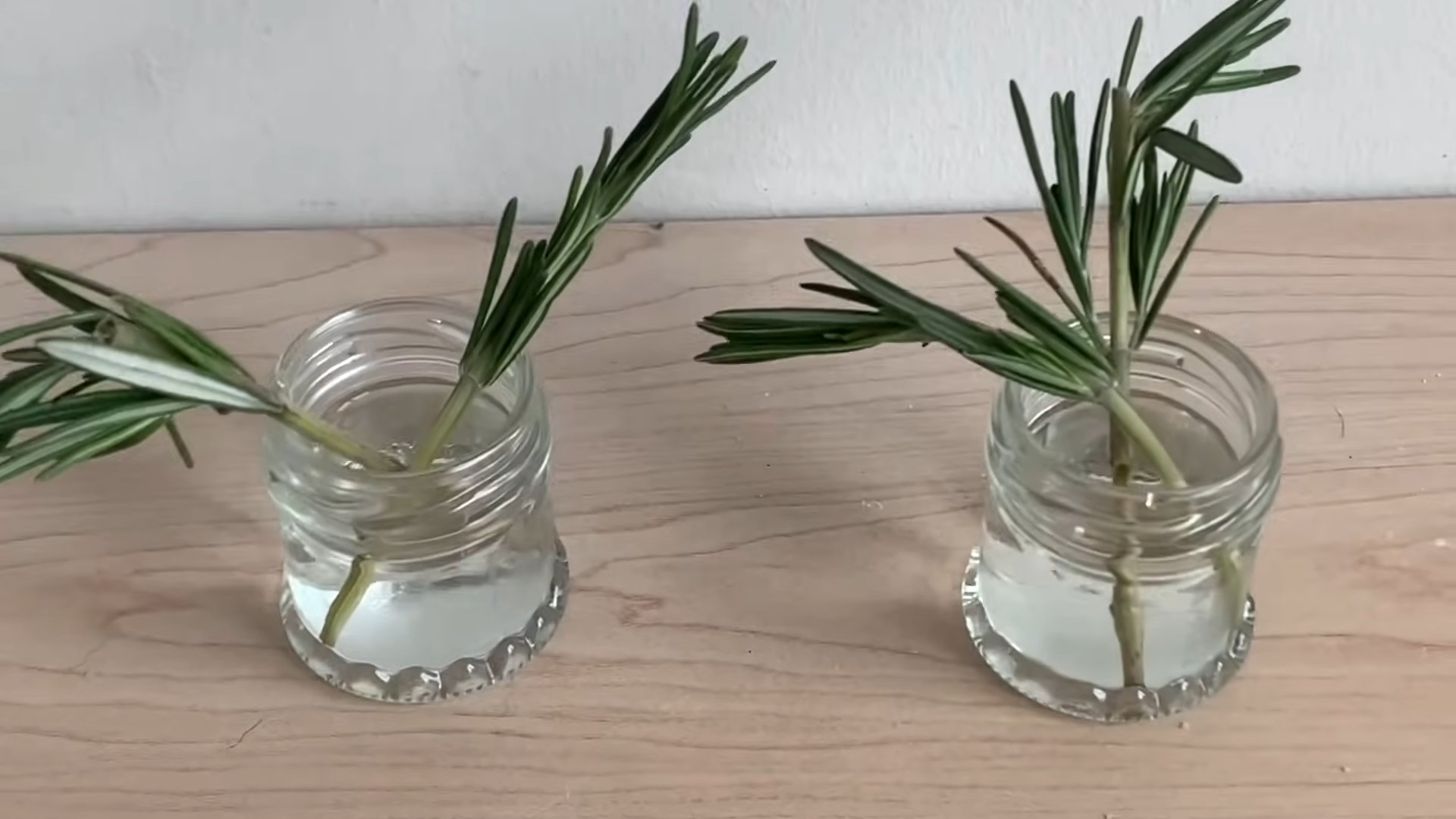
Conclusion
So, there you have it! Growing Bok Choy indoors is not only possible, but it’s also surprisingly rewarding. Forget those wilted, overpriced greens at the supermarket. Imagine stepping into your kitchen and harvesting fresh, crisp Bok Choy whenever you need it. The vibrant green leaves, bursting with flavor and nutrients, will elevate your stir-fries, soups, and salads to a whole new level.
This DIY trick is a must-try for several reasons. First and foremost, it gives you complete control over the growing environment. You can ensure your Bok Choy receives the perfect amount of light, water, and nutrients, resulting in healthier and more flavorful produce. Secondly, it’s incredibly convenient. No more last-minute trips to the grocery store when you realize you’re missing a key ingredient. Fresh Bok Choy is always at your fingertips. Thirdly, it’s a sustainable and eco-friendly way to enjoy your favorite vegetable. You’re reducing your carbon footprint by eliminating the need for transportation and packaging.
But the benefits don’t stop there. Growing Bok Choy indoors is also a fantastic way to connect with nature, even if you live in an apartment or urban setting. It’s a therapeutic and stress-relieving activity that can bring a sense of calm and accomplishment to your daily life. Watching your Bok Choy seedlings sprout and flourish is a truly magical experience.
Ready to take your indoor gardening to the next level? Consider experimenting with different varieties of Bok Choy. Baby Bok Choy is perfect for quick stir-fries, while Shanghai Bok Choy offers a milder flavor. You can also try growing other Asian greens alongside your Bok Choy, such as Mizuna or Tatsoi, to create a diverse and flavorful indoor garden.
Don’t be afraid to get creative with your growing setup. While a simple pot and grow light will suffice, you can also explore more advanced hydroponic systems or vertical gardens. The possibilities are endless!
We encourage you to embark on this exciting journey of growing Bok Choy indoors. It’s a simple, rewarding, and sustainable way to enjoy fresh, delicious vegetables all year round.
Now it’s your turn! Give this DIY trick a try and share your experience with us. We’d love to hear about your successes, challenges, and any tips you’ve discovered along the way. Post photos of your indoor Bok Choy garden on social media and tag us so we can celebrate your green thumb! Let’s create a community of indoor gardeners who are passionate about growing their own food.
Frequently Asked Questions (FAQ)
What are the best Bok Choy varieties to grow indoors?
While most Bok Choy varieties can be grown indoors, some are better suited than others. Baby Bok Choy and Shanghai Bok Choy are excellent choices due to their smaller size and faster growth rate. These varieties tend to thrive in the controlled environment of an indoor garden. Other options include Mei Qing Choi and Joi Choi, which are also relatively compact and easy to manage. Experimenting with different varieties can be a fun way to discover your personal preference.
How much light does Bok Choy need when grown indoors?
Bok Choy requires a significant amount of light to grow properly indoors. Ideally, aim for at least 6-8 hours of direct sunlight per day. If you don’t have access to sufficient natural light, you’ll need to supplement with artificial grow lights. LED grow lights are a popular choice due to their energy efficiency and full-spectrum output. Position the grow lights about 6-12 inches above the Bok Choy plants and adjust as needed to prevent burning. Insufficient light can lead to leggy growth and pale leaves.
What type of soil is best for growing Bok Choy indoors?
Bok Choy prefers well-draining, nutrient-rich soil. A good potting mix specifically formulated for vegetables is an excellent choice. You can also create your own soil mix by combining equal parts of potting soil, compost, and perlite or vermiculite. The compost provides essential nutrients, while the perlite or vermiculite improves drainage and aeration. Avoid using garden soil, as it can be too heavy and may contain pests or diseases.
How often should I water my indoor Bok Choy plants?
Water your Bok Choy plants regularly, keeping the soil consistently moist but not waterlogged. Check the soil moisture level daily by sticking your finger about an inch into the soil. If it feels dry, it’s time to water. Water deeply until excess water drains out of the bottom of the pot. Avoid overwatering, as this can lead to root rot. The frequency of watering will depend on factors such as temperature, humidity, and pot size.
What are some common pests and diseases that affect indoor Bok Choy?
While indoor Bok Choy is generally less susceptible to pests and diseases than outdoor plants, it’s still important to be vigilant. Common pests include aphids, spider mites, and whiteflies. These pests can be controlled with insecticidal soap or neem oil. Diseases such as damping-off and root rot can occur if the soil is too wet or the plants are overcrowded. Ensure good air circulation and avoid overwatering to prevent these problems. Regularly inspect your plants for any signs of pests or diseases and take action promptly.
How long does it take to grow Bok Choy indoors?
The time it takes to grow Bok Choy indoors depends on the variety and growing conditions. Generally, you can expect to harvest baby Bok Choy in about 30-40 days, while larger varieties may take 45-60 days. Start harvesting when the leaves are about 4-6 inches long. You can harvest individual leaves as needed or harvest the entire plant at once.
Can I grow Bok Choy indoors year-round?
Yes, you can grow Bok Choy indoors year-round, provided you have adequate light and temperature control. Bok Choy prefers temperatures between 60-70°F (15-21°C). If your home is too cold or too hot, you may need to adjust the temperature with a space heater or air conditioner. With proper care, you can enjoy fresh Bok Choy from your indoor garden throughout the year.
How do I harvest Bok Choy grown indoors?
There are two main ways to harvest Bok Choy. You can either harvest individual outer leaves as needed, allowing the plant to continue growing, or you can harvest the entire plant at once. To harvest the entire plant, simply cut it off at the base with a sharp knife. For continuous harvesting, remove the outer leaves when they reach the desired size, leaving the inner leaves to continue growing.
Is growing Bok Choy indoors organic?
Yes, growing Bok Choy indoors can be organic. By using organic potting mix, organic fertilizers, and natural pest control methods, you can ensure that your Bok Choy is grown without synthetic chemicals. This is a great way to enjoy fresh, healthy, and environmentally friendly vegetables.
What kind of fertilizer should I use for Bok Choy grown indoors?
Use a balanced, water-soluble fertilizer specifically formulated for leafy greens. Follow the instructions on the fertilizer package for application rates. You can also use organic fertilizers such as compost tea or fish emulsion. Fertilize your Bok Choy plants every 2-3 weeks to provide them with the nutrients they need to thrive.

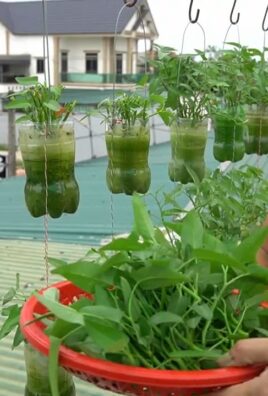
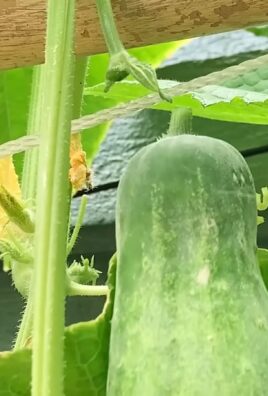
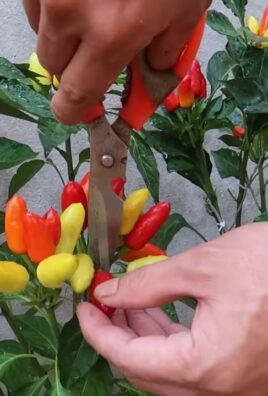
Leave a Comment